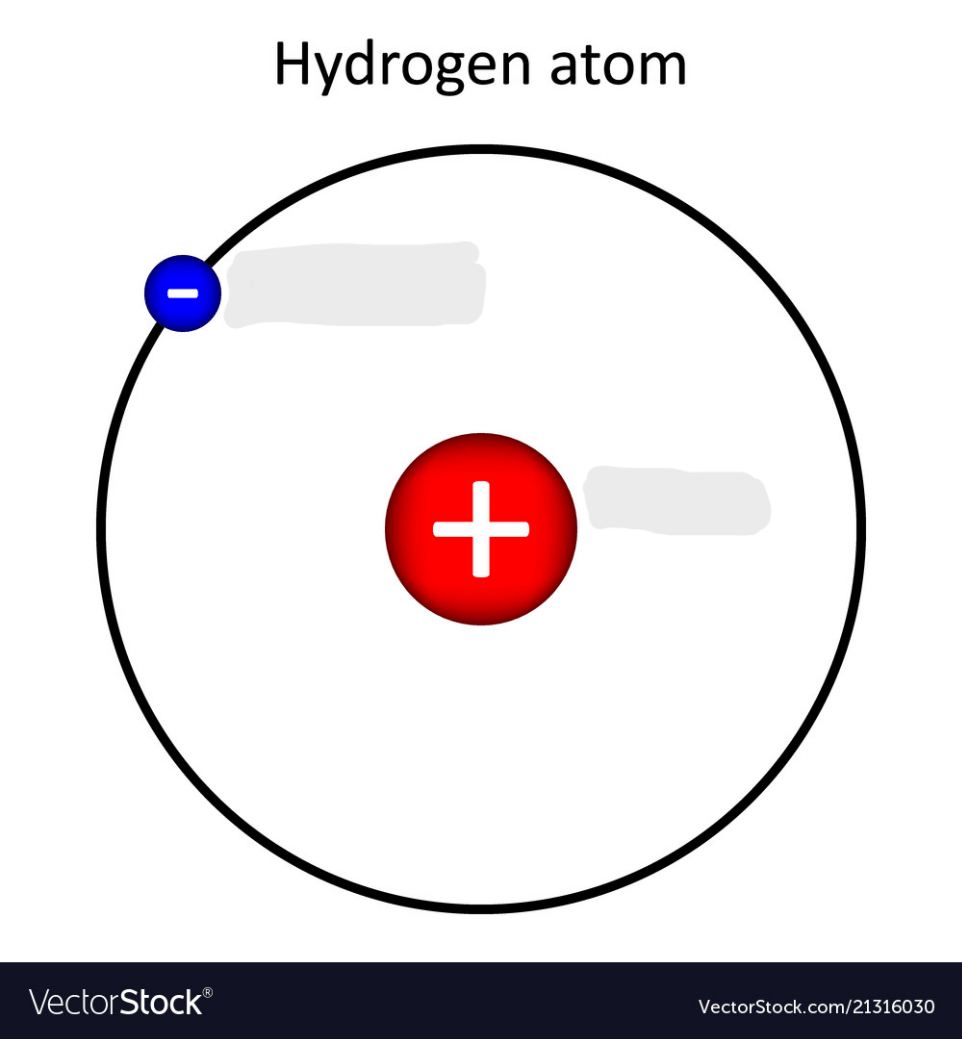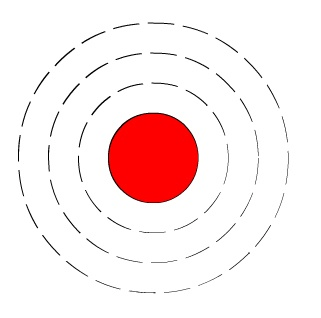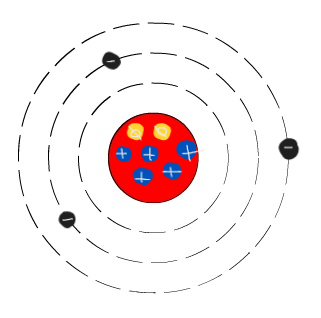Define Mitochondria.
The "powerhouse" of the cell
How many PAIRS of chromosomes do you have?
23 from MOM
23 from DAD
A total of 46 chromosomes in all.
What type of charge is proton?
What type of charge is neutron?
What type of charge is electron?

How many major organ systems are in the body?
11.
Can you name them?
- The circulatory system
- The lymphatic system
- The respiratory system
- The integumentary system
- The endocrine system
- The gastrointestinal (digestive) system
- The urinary (excretory) system
- The musculoskeletal system
- The nervous system
- The reproductive system
- The immune system
What is the dress code policy?
1. Polo shirt (light blue, dark blue or gray).
2. Pants (khaki, blue or black) or jeans. Pants must have no holes or rips. No jeggings, joggers, sweatpants or cargo pants are allowed.
3. Shorts or Skirt (knee length). No cut-offs, gym shorts, cargo shorts, or shorts made of sweatpants material are allowed.
4. All shoes must be closed-toed with a heel no higher than one inch. No sandals, crocks, "heelys," flip-flops, light-up shoes, or slippers are permitted.
5. Hoodies, hats, caps, or wooly hats are not allowed in school.
Define Chloroplast.
A structure found in the plant cell that helps capture energy from the sun
What are the four possible bases in each DNA nucleotide?
(A) - Adenine
(G) - Guanine
(T) - Thymine
(C) - Cytosine
If an atom had 11 protons and 12 neutrons, what would its atomic mass be?
11 protons + 12 neutrons = 23 (atomic mass)
To figure out atomic mass you add protons + neutrons.
In the cardiovascular system, what are the 3 main organs?
- Heart
- Blood Vessels/veins
- Blood it self
What happens when you have 10 or more unexcused absences?
Possible referral to truancy court and/or denial of admission to MMS the following school year
Define Ecosystem.
An ecosystem is a community composed of living and nonliving organisms.
A cat has a total chromosome number of 38. How many chromosomes does a cat inherit from each parent?
19 from mommy cat
19 from daddy cat

Label each atom from the model above.

What is the function of the respiratory system and what are the main organs?
The respiratory system is responsible for breathing, which is the controlled movement of air in and out of the body (ventilation). It also moves oxygen and carbon dioxide into and out of the bloodstream (respiration).
- Lungs
-Trachea
-Airways of the respiratory tree
Define Cell Membrane.
Complete the DNA pair sequence.
A-
T-
G-
C-
A - T
T - A
G - C
C - G

How many electrons?
How many protons?
How many neutrons?

How many electrons? 3
How many protons? 3
How many neutrons? 4
What are some physical signs that humans experience when they go without food for an extended period of time?
Include weakness, sluggishness, thinning of the body, hair loss, hallucinations, swollen hands and feet, stomach pain, fainting and more.
Define DNA. (What does DNA stand for)?
DNA stands for Deoxyribonucleic acid.
DNA is the material that makes up chromosomes and stores genetic information.
Individual B - 12.5%
Individual C - 50%
Individual D - 25%
Looking at the information above.
Which individual is most likely the parent?
Which individual is most likely the grandparent?
Which individual is most likely the parent?
- Individual C. Because you get half of your DNA from each parent.
Which individual is most likely the grandparent?
- Individual D. Because you get 1/4 or (25%) of your DNA from your grandparent.

On this model.
Place 3 electrons
Place 2 neutrons
Place 5 protons
(or draw it out on your white board).

Explain the difference between mechanical and chemical digestion.
Mechanical digestion is the physical breakdown of food into small pieces and begins in the mouth with processes like CHEWING.
Chemical digestion involves in saliva that chemically break down the food, starting in the mouth and continuing in the STOMACH.